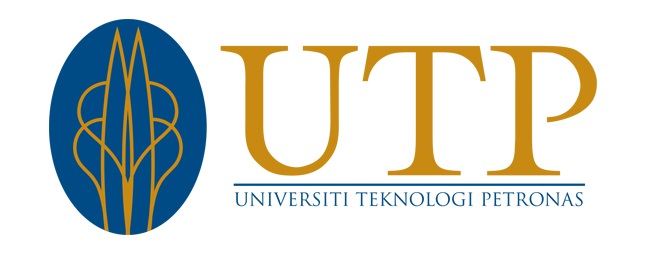Hasan, Aliza (2005) Integration ofJet and Pool Fire Risk Models with Process Simulatorfor Inherent SafetyDesign. [Final Year Project] (Unpublished)
2005 - Integration ofJet and Pool Fire Risk Models with Process Simulatorfor Inherent Safety Desi.pdf
Download (1MB)
Abstract
In the last 50 years, the chemical process industries have moved to large, world scale
plants. Because oftheir size, these plants have an increased potential for major accidents
such as fire outbreaks, explosions, etc. Recognizing this potential, the industry
incorporated many engineered safety features into these plants to manage and control the
hazards. This has led to the development and use of better hazard identification and
analysis techniques like Quantitative Risk Analysis (QRA) and Hazard and Operability
Studies (HAZOP). However, current applied traditional method involves hazard
identification to be conducted after any process design has been completed. Contrary, the
best way of dealing with ahazard is to remove it completely. The provision of means to
control the hazard is very much the second solution. The shift from traditional sequential
design to concurrent design has contributed to the adoption of inherent safety measures.
As Lees (1996) has said the aim should be to design the process and plant so that they
are inherently safer. This report was produced intentionally to introduce the
implementation of inherent safety principle into the development of a comprehensive
risk model. The model developed will specifically focused on 2 major fire outbreaks in
chemical plants namely; jet fire and pool fire. The model provides results in terms of
thermal radiation flux plotted against distance to thermal dose. Based on the graphical
representation, effects on injury can be predicted.
| Item Type: | Final Year Project |
|---|---|
| Subjects: | T Technology > TP Chemical technology |
| Departments / MOR / COE: | Engineering > Chemical |
| Depositing User: | Users 2053 not found. |
| Date Deposited: | 30 Sep 2013 16:55 |
| Last Modified: | 25 Jan 2017 09:46 |
| URI: | http://utpedia.utp.edu.my/id/eprint/7668 |
 UTPedia
UTPedia